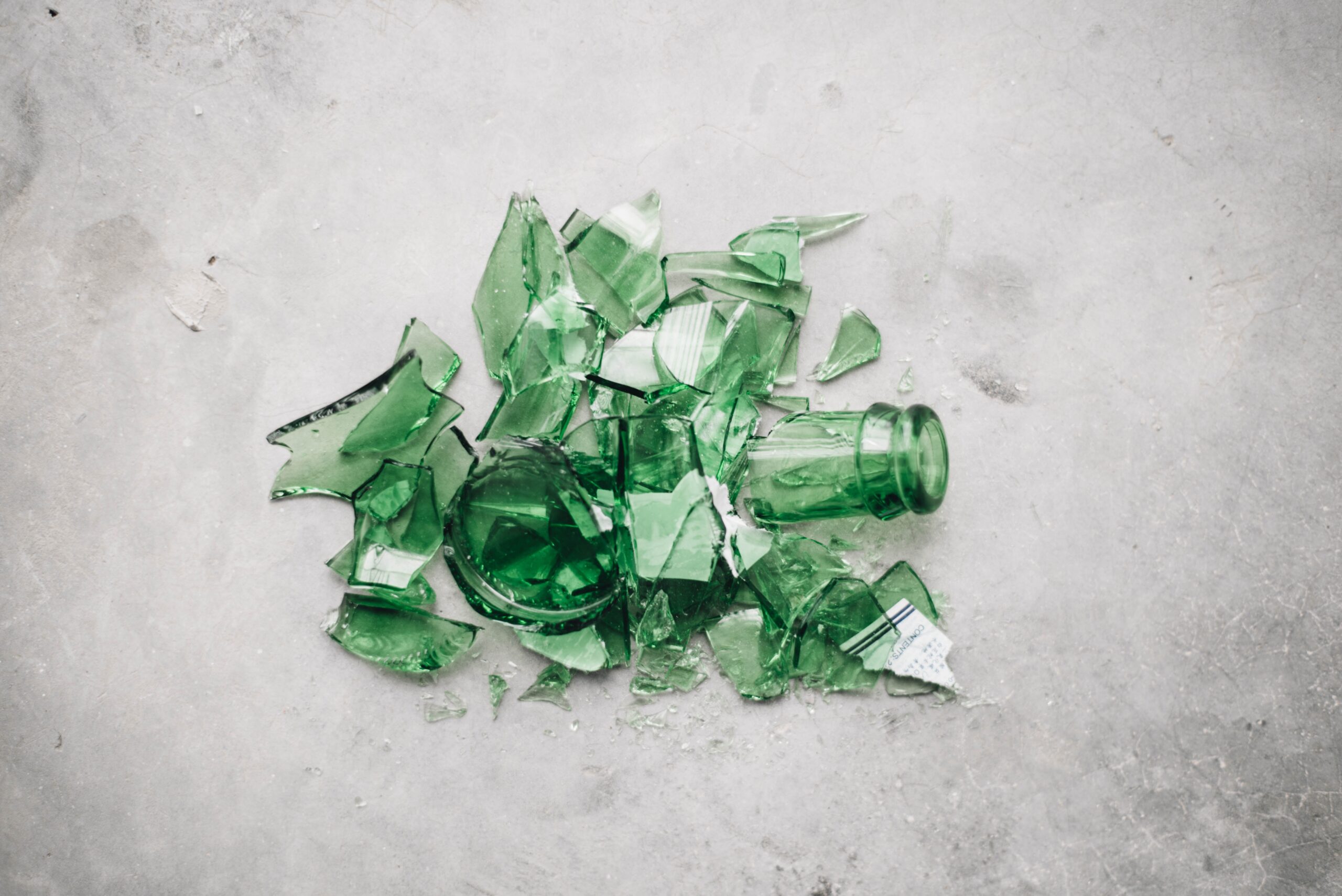
Recycling is a minimal yet significant way of contributing to a more sustainable planet. One material that’s particularly amenable to recycling is glass. Its endless recyclability offers a great opportunity to reduce our environmental footprint and conserve resources. In this guide, we’ll walk you through the steps of recycling glass while shedding light on Toronto’s specific regulations.
Collection and Separation
Many cities, including Toronto, provide designated recycling bins for glass. Remember to separate glass from other materials like paper or plastic. This ensures the recycling process remains efficient and contamination-free.
Rinsing and Cleaning
Before recycling, give your glass containers a quick rinse to remove any food residue or contaminants. Clean glass improves the recycling process and enhances the quality of the recycled product.
Check Local Regulations
In Toronto, broken glass can be a bit tricky. Small bits of broken glass, like from household containers, can be placed in a container marked “glass” for recycling. However, larger items like mirrors, window panes, and drinking glasses don’t usually belong in the curbside bin due to safety concerns. It’s recommended to take these items to a local disposal or drop-off center.
Labels and Caps
Labels and caps on glass containers can often be recycled along with the glass. However, it’s advisable to check your local recycling guidelines for specifics, as some facilities might have preferences regarding these components.
Sorting Facility Magic
Once collected, the glass is transported to a sorting facility where it is separated by colour. This is crucial because different glass colours have different chemical compositions, and recycling them together can lead to impurities in the recycled glass.
Crushing and Melting
The sorted glass is then crushed into small pieces called cullets. Cullets are melted at extremely high temperatures and molded into new glass products. The use of cullets significantly reduces the energy required in the manufacturing process, making it a win-win for the environment and manufacturers.
Repeat the Cycle
The best part about glass recycling is that it’s endlessly sustainable. Recycled glass can be turned into new bottles, jars, and even used in construction materials.

